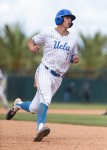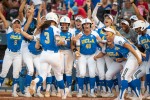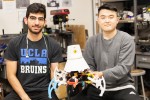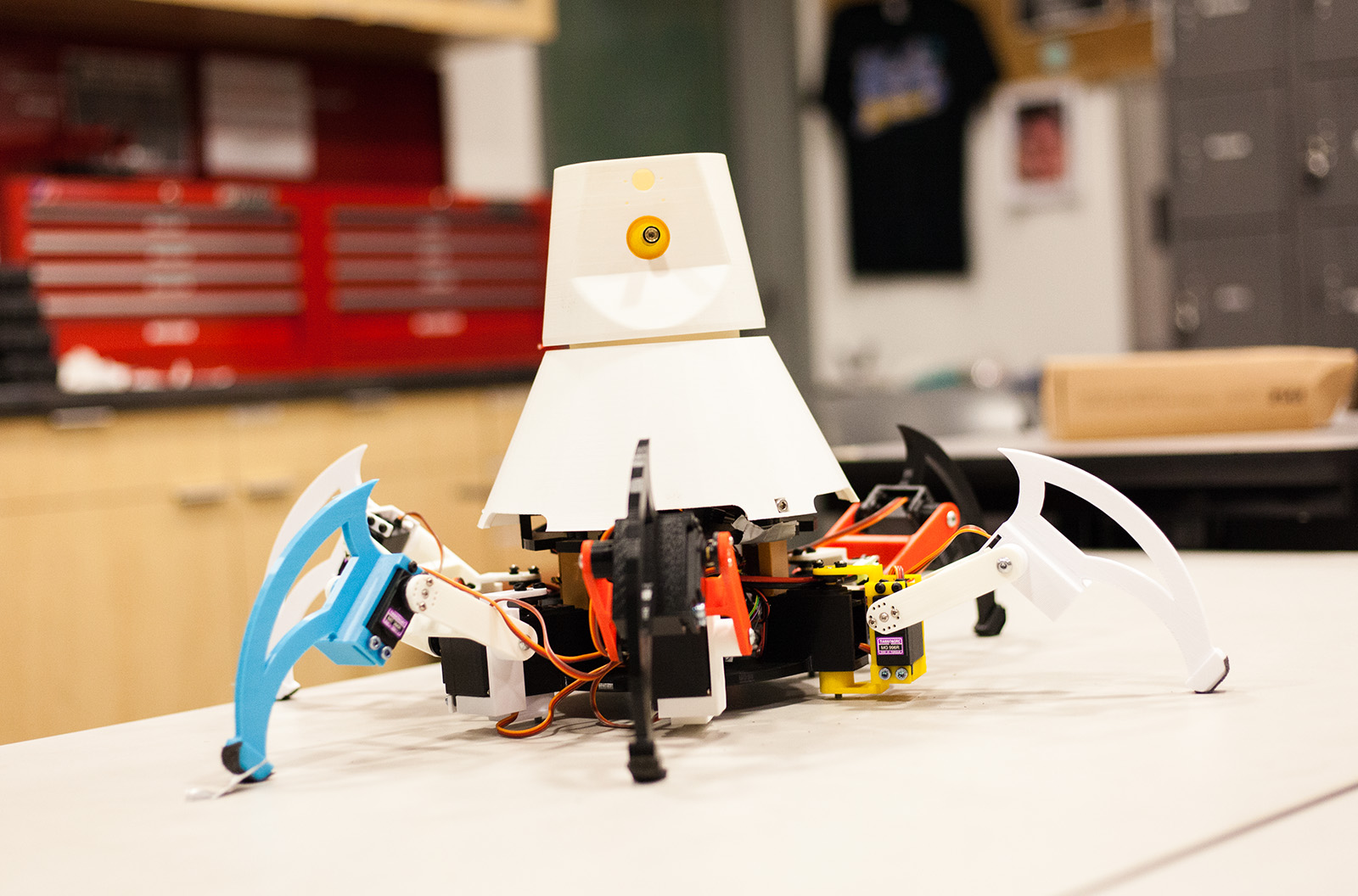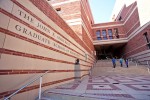This post was updated June 3 at 11:49 p.m.
For the first time since 2013, the Bruins are moving on to the super regionals.
Facing elimination for the third straight game, No. 1 seed UCLA baseball (51-9, 24-5 Pac-12) won Monday, defeating Loyola Marymount (34-25, 15-12 WCC) 6-3 to advance to next week’s super regionals.
“Our team, it’s been resilient all season,” said coach John Savage. “It’s been a very consistent team so we’re very happy to come out of the losers bracket, (which) is not an easy thing to do these days.”
On the first night of the MLB Draft, juniors first baseman Michael Toglia, right-hander Ryan Garcia and second baseman Chase Strumpf were all selected while the Bruins were out on the field.
Just a few minutes after he was drafted 64th overall by the Cubs, Strumpf hit a three-run home run well over the left field fence, giving the Bruins a 6-2 lead. It was his second home run of the Regional and first time hitting homers in consecutive games this season.
“My dad maybe should not have came into the dugout and said that (I was drafted),” Strumpf said. “But in the moment, I was just (kind of) caught up in the game and caught up in the home run.”
Garcia came on in the seventh inning to pitch two scoreless innings in his first relief appearance since March 9. He tossed 112 pitched in 8 1/3 innings Friday night against Omaha and 24 more pitches Monday less than an hour after going 50th overall to the Texas Rangers.
LMU came out the gates scoring in the first inning when junior right-hander Felix Rubi walked leadoff batter Nick Sogard. With a 2-2 count, left fielder Kenny Oyama smacked a ground ball mishandled by junior first baseman Michael Toglia, putting runners on second and third with none out. Third baseman Brandon Shearer’s RBI sacrifice fly to center field scored the opening run of the game for the Lions.
The very next at-bat, another hard ground ball to the right side led to another error by Toglia and LMU’s second run.
This was the first time all season Toglia had recorded multiple errors in a game, with his last error coming against Washington on May 17.
The Bruins came right back in the first as junior shortstop Ryan Kreidler singled back up the middle and junior second baseman Chase Strumpf launched a line drive off the base of the center field wall, putting runners on second and third for senior designated hitter Jake Pries.
Pries hit an RBI sacrifice fly to right that scored Kreidler, while Strumpf tagged up from second to third. The throw from right field was cut off in the infield, and an error by the Lions to try and gun down Strumpf at third sailed into foul territory, allowing the Bruins to score and tie the game at two.
“We’ve actually had our backs against the wall a few times this year,” Kreidler said. “One of the first road (games) at Georgia Tech, we lose Friday night on a walk-off homer and then came back to win Saturday and Sunday. So I think that resiliency, like (Savage) said, has (kind of) been a theme of our team this year.”
LMU looked to break the tie in the second, reeling off back-to-back singles to start the inning. A fielder’s choice at second would put runners on the corners for the Lions and ending Rubi’s start. Sophomore right-hander Michael Townsend came in relief to replace Rubi and walked the first batter he faced, loading the bases.
Townsend was able to pitch out a jam when a hard-hit ground ball to Strumpf led to an inning ending double play.
“I thought our bullpen was exceptional,” Savage said. “We started the game today, really, with a bullpen guy. Townsend picked us up and Garcia obviously did a really good job.”
Rubi finished his second career collegiate start with 47 pitches over 1 1/3 innings pitched and two unearned runs allowed.
The Bruins took their first lead of the game in the third when Kreidler legged out a double that froze the shortstop as it rolled into left field. Kreidler would advance to third when Pries reached on a infield single that pulled first baseman Steven Chavez’s foot off the bag. An RBI-sacrifice fly by Toglia scored Kreidler, giving the Bruins a one-run lead.
UCLA padded its lead in the fourth as right fielder Jeremy Ydens started a two-out rally with a double off the left field wall. Kreidler joined Ydens on base with a hit-by-pitch and both were driven in on Strumpf’s homer.
“I think depth really is the key to this team,” Savage said. “Offensively we’re mature, we’re older a little bit, so it’s a combination of pitching and offense that makes this team a special team.”
LMU responded to UCLA’s three fourth-inning runs with a double by Shearer that fell just inside third base line and rolled into the left field corner. A routine ground ball by right fielder Trevin Esquerra went through the legs of Strumpf, scoring Shearer from second.
UCLA finished off the Lions in the ninth when sophomore right-hander Holden Powell had a 1-2-3 inning to clinch the victory.
“I think I’ll remember the game itself more (than the MLB Draft),” Strumpf said. “Looking back at freshman year, sophomore year and this year, we struggled getting out of the regional. Winning this game was huge.”
Sophomore center fielder Garrett Mitchell missed his first game this season due to illness. The Bruins’ leadoff man batted .294 with two triples and three RBIs in the regional.

